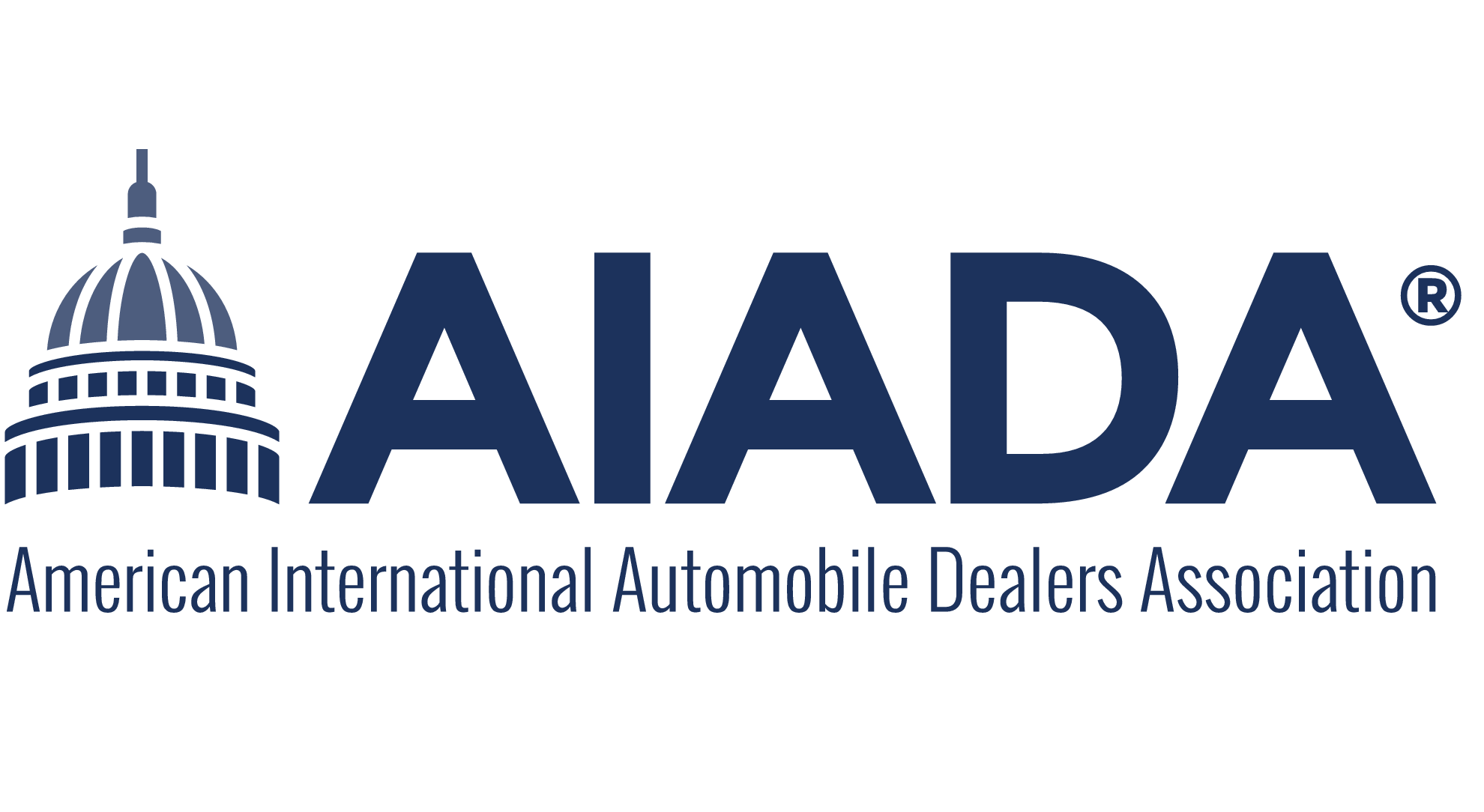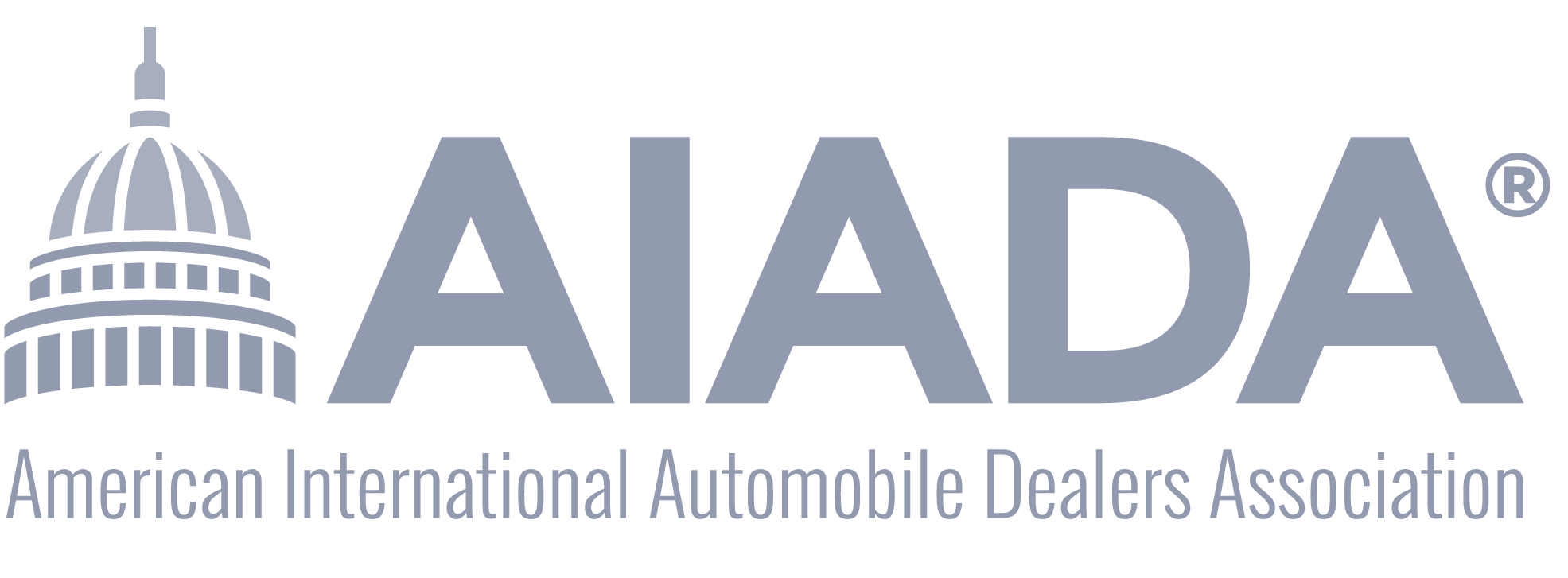U.S. Unions Lodge First Mexico Labor Grievance Under New NAFTA
The AFL-CIO, the biggest U.S. labor federation, on Monday will file the first petition for the U.S. government to bring a labor complaint against Mexico under the trade deal that replaced the North American Free Trade Agreement (NAFTA), the union said. According to Reuters, the AFL-CIO's petition, which it shared with Reuters, states that workers at the auto parts plant Tridonex in Matamoros, a Mexican city on the border with Texas, were denied independent union representation in violation of the United States-Mexico-Canada Agreement (USMCA) that replaced NAFTA last year. Reuters reported last week that hundreds of workers had sought to be represented by a new union led by activist-attorney Susana Prieto since 2019, yet state labor officials never scheduled an election. Prieto said 600 of her supporters at Tridonex last year were fired, in what some workers described as retaliation for their efforts to switch unions. Read more here (Source: Reuters).
With a SAAR This Hot, Who Needs Incentives?
According to Automotive News, a U.S. auto industry that has spent decades addicted to generous consumer incentives may have discovered the key to weaning itself from the profit-sucking habit: record low inventories. The seasonally adjusted, annualized rate of sales reached 18.5 million in April, its second consecutive month topping the 18 million mark and faster than booming March sales, according to Motor Intelligence. The gains came despite a 25 percent year-over-year drop in incentives to $3,239 per vehicle — and a 14 percent year-to-date drop to $3,404 — while dealership inventories dipped further to just a 33-day supply, according to data compiled by Motor Intelligence and the Automotive News Research & Data Center. "April may have been the strongest true demand that the industry has ever seen," said Tyson Jominy, vice president for data and analytics at J.D. Power. Read more here (Source: Automotive News).
Looking to Buy a Used Car? Expect High Prices, Few Options
A monthslong rise in used-car sales has left bargain-hunters with increasingly limited options on lots across the U.S., reports The Wall Street Journal. The average price paid for a preowned vehicle hit a record of $25,463 in April, about $2,800 higher than in the same month last year, according to research firm J.D. Power. It also was the first time ever that the average used-car price had exceeded $25,000, the firm said. The climb, which began last year, has surprised some dealers who say they don’t see the trend ending soon. “What is normally a depreciable asset has been appreciating,” said Phil Maguire, who owns Maguire Family Dealerships, a group of 13 stores in New York state. “It’s certainly surreal, and I guess we can all agree that it’s an anomaly.” Dealers say they are having to pay more to keep their lots stocked. Read more here (Source: The Wall Street Journal).
Cars Keep Getting Pricier and the Commodity Boom Makes It Worse
Cars are back in vogue courtesy of the pandemic. They’re also getting more expensive, thanks in part to surging commodity prices, reports Bloomberg. Many of the essential ingredients for automakers, such as copper, steel, and aluminum, are hitting or approaching record highs this year as the lagging supply can’t keep up with stimulus-driven demand. The Bloomberg Commodity Spot Index jumped to its highest since 2011, with metals up 21% so far this year. Should the current rally morph into a supercycle, rising car prices could forebode inflation across the board. Analysts at JPMorgan Chase & Co. estimate the price of an auto’s raw materials have climbed 83% in the year through March. Those pieces typically make up about 10% of the cost of building a vehicle, meaning the price tag for a $40,000 car would have to increase 8.3% to offset the rally, analysts for the bank wrote. Read more here (Source: Bloomberg).
Regional Auto Shows Still Draw Millions, Are Key to Marketing
When former Chrysler Corp. President Bob Lutz intentionally drove the first Jeep Grand Cherokee through a plate-glass window at the 1992 Detroit auto show, the media stunt not only generated global headlines but also marked a new era. According to Automotive News, car shows were nearly a century old at the time, but the Chrysler marketing team helped push the perception that the annual expo was a major media event rather than what it always had been — mostly an opportunity for local dealers to get local consumers into shopping mode during January's winter doldrums. All over the U.S., dealer associations and automakers are gearing up for dozens of auto expos in markets as modest as Charleston, W. Va., a metro area of just over 200,000 people, to Orange County, Calif., where more vehicles are sold than in 24 states individually. Before the coronavirus halted consumer auto shows in March 2020, visitors were still flocking to convention centers and state fairs to comparison shop in what is often a combination of family fun and seat-of-the-pants research. Read more here (Source: Automotive News).
Around the Web
First Customer McLaren P1 is for Sale [MotorAuthority]
Elon Musk Hosts Saturday Night Live and Shows Humility and Hubris [Autoblog]
Automaker Stellantis Expects Employees to Work Remotely Most of the Time Under New Plan [CNBC]

